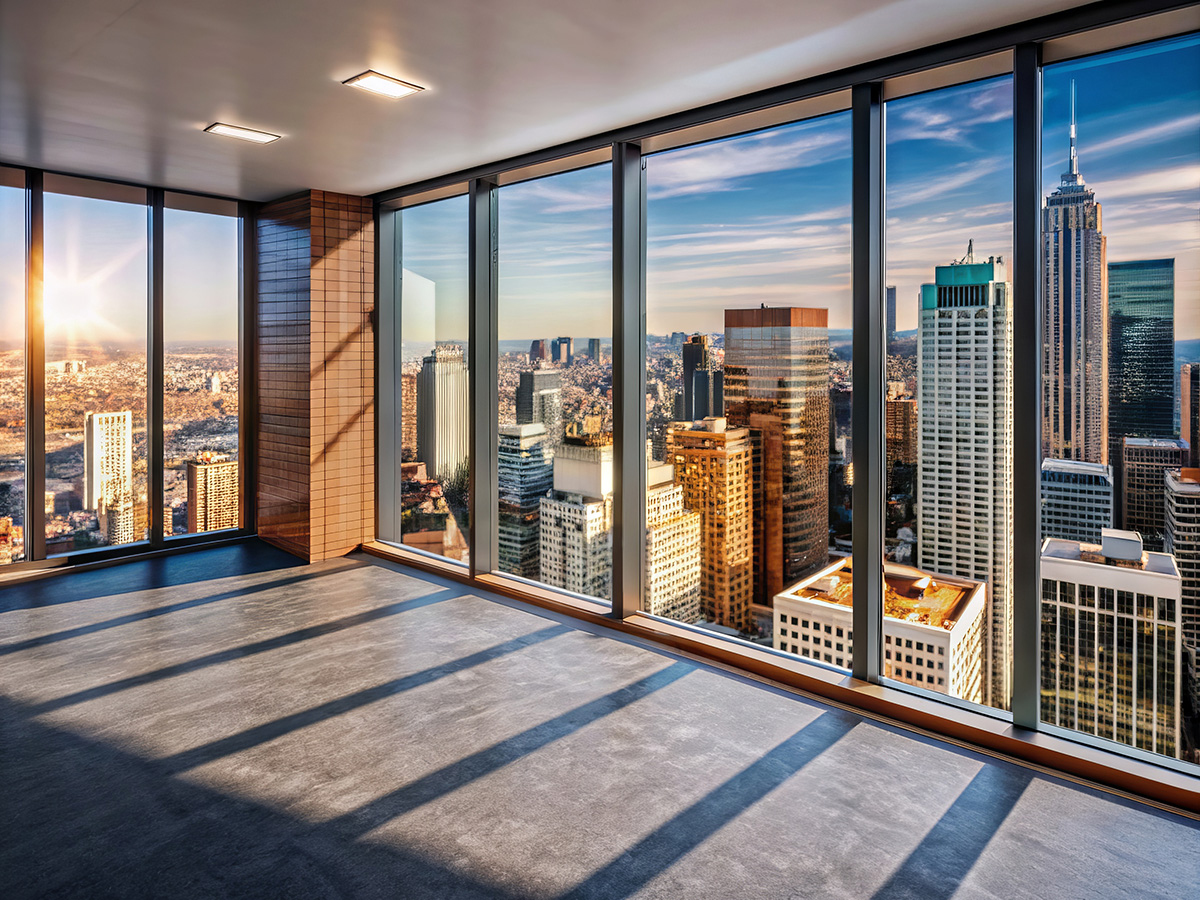
Think about it: you are looking for a house in a new neighbourhood. The house has fewer windows, the rooms appear gloomy, and there is a stench of stale air. Would you consider moving in? No, right?
Natural light is likely the number one sought-after factor in every residential property. It not only makes a small room look bigger or warmer, but also creates a smooth connection with nature.
Choosing the right window styles is a fast but easy solution to maximize natural daylight entry within your living space. These are some of the highest-rated window styles if you need your residential property to be lighter and airier.
1. Picture Windows
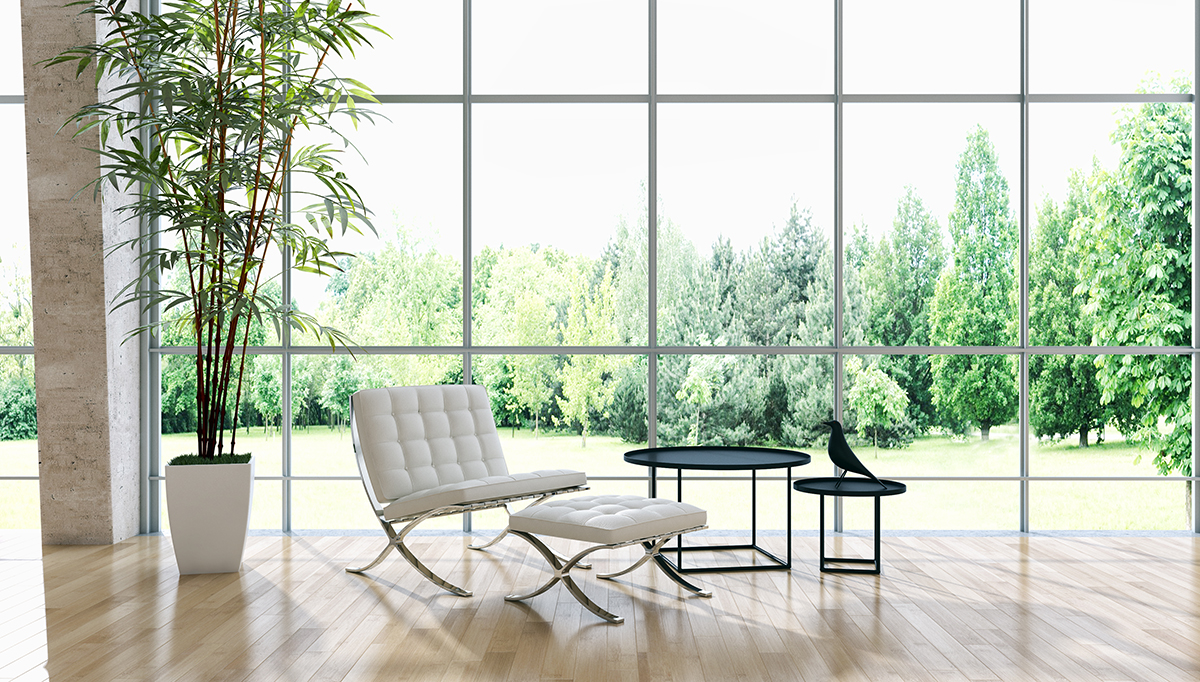
Picture windows are large fixed panes of glass that neither open nor close. Being free from obstructions like grids or frames, they take in a tremendous amount of light and provide unlimited views out into the exterior. Picture windows are highly favoured in living rooms, dining rooms, or any other space where a focal point is needed to connect your interior spaces to the exterior landscape around.
Another advantage of picture windows is that they can be a focal point. With no moving parts, they will also usually be highly energy-efficient compared to operable windows. That being said, since they don’t open up, you will usually have them in concert with smaller operable windows somewhere within the living space to provide ventilation.
2. Bay and Bow Windows
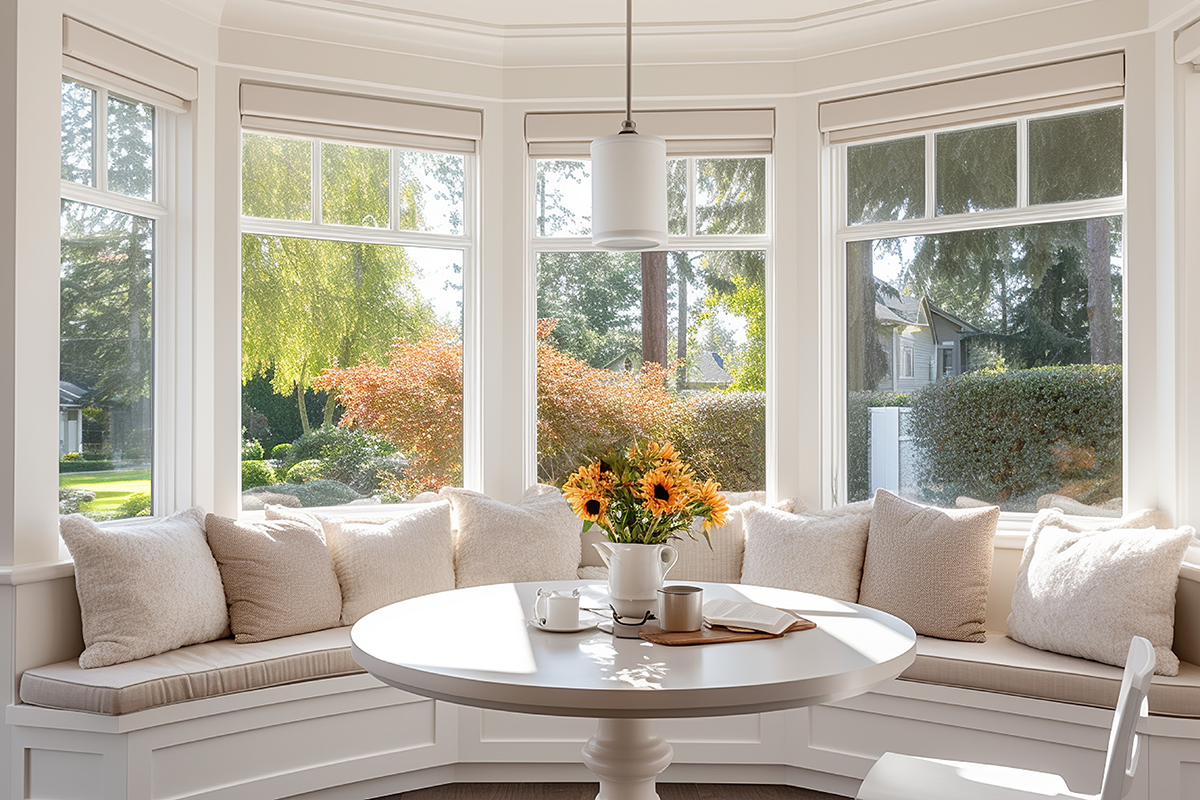
Bay and bow windows extend from a house’s outside wall to create a curved or angled bulge. It allows for light to enter from multiple sources, considerably increasing interior illumination. Bay windows have three panels: a large stationary pane at the center and two operable canted panels on either side. Bow windows, meanwhile, have four or more panels, creating a continuous curve.
You can install these windows in the master bedrooms and kitchen, where you require a lot of natural lighting. Furthermore, it adds a warm feel to your interiors by allowing you to use the light as a focal point for displaying your decor or as a cozy seating area.
3. Sliding Windows
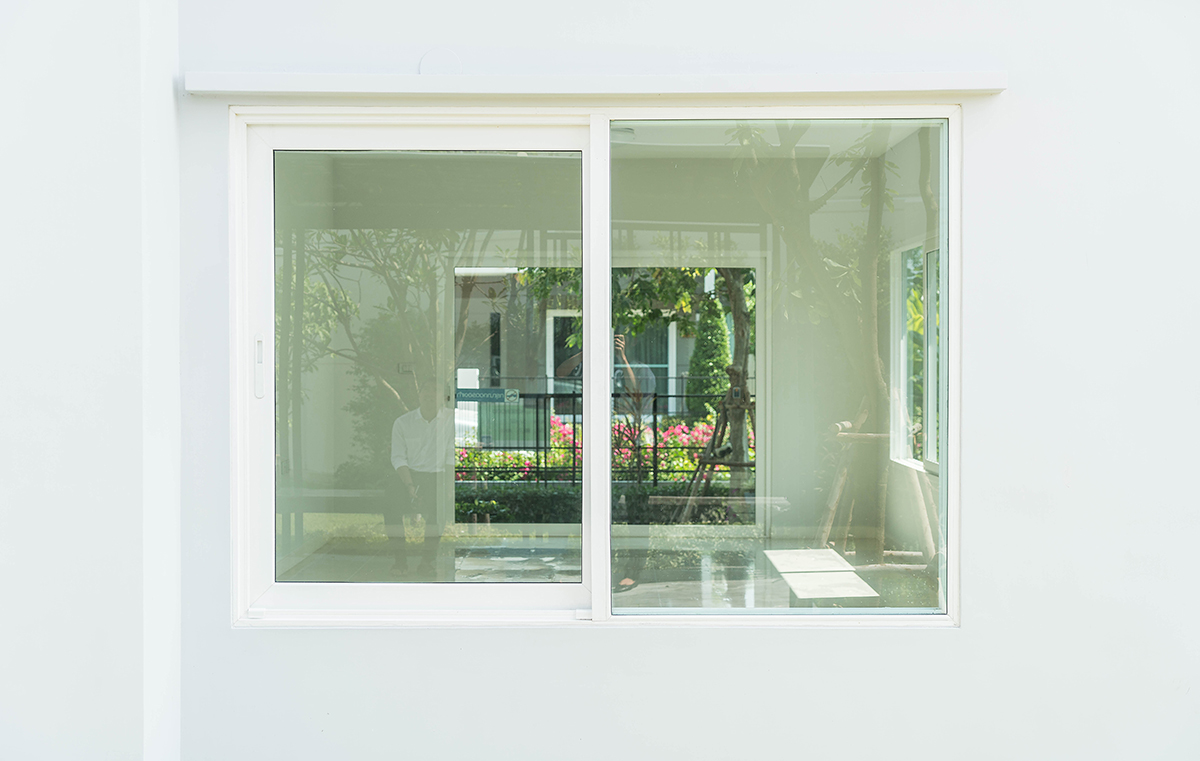
Sliding doors slide open horizontally on a track. They work just like sliding doors do. Due to their large, lightweight glass panes and ease of use, they are extremely convenient to use. In space-limiting areas, such as smaller bedrooms or hallways, sliding windows are also a good option because they do not require extra space to open.
These windows are typically fitted to long walls to gain maximum daylight from wall to wall. Their smooth finish also suits modern and contemporary interior designs, making them a classic choice to bring to life many rooms.
4. Casement Windows
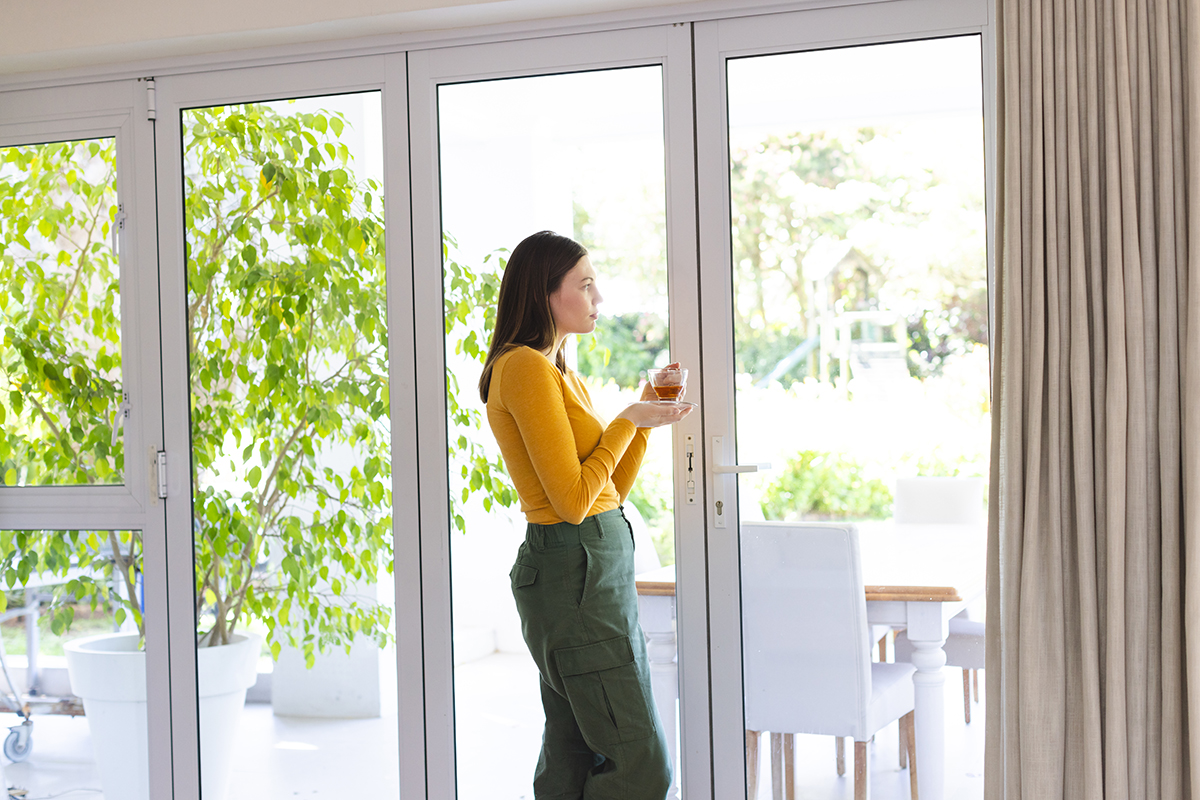
Casement windows are swivelled along the side and open like a door. Among other prominent features of casement windows, free flow of light and ventilation is one of their most significant ones. Casement windows offer unbroken vision with a single, unbroken piece of glass, allowing for maximum light to enter.
Once opened, the casement windows can receive breezes in several directions, an advantage that helps in keeping the interiors cool and fresh. They are simple to use and, therefore, are handy especially in areas that cannot be reached easily, like above kitchen counters.
5. Skylights
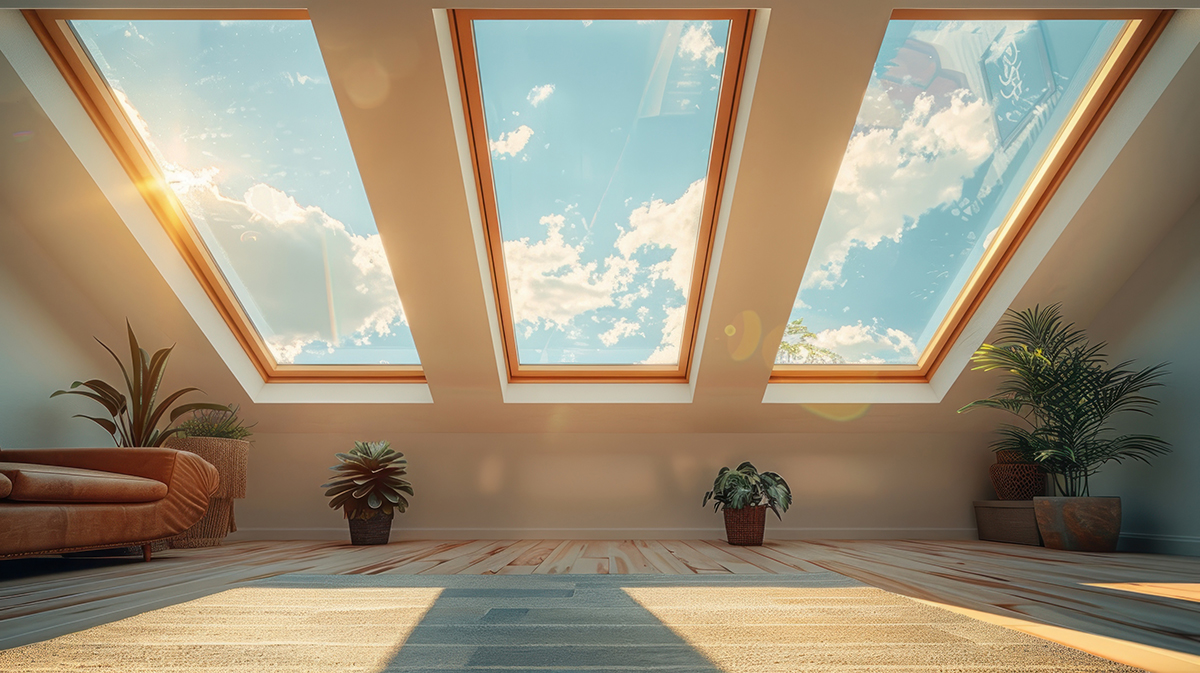
Skylights are commonly installed in homes where creating large openings in the wall is not possible. These are large roofing windows that allow maximum daylight to enter. They make a perfect fit in rooms that would otherwise be dark, such as bathrooms, halls, or attics.
These are essential to provide continuous light, without making your indoors darker when other windows are closed. Some skylights also feature ventilating capabilities. These are commonly found in hotter climates. This type of window should be chosen when you want to create noticeable changes in your house, making the room appear larger and more spacious.
6. Floor-to-Ceiling Windows

These large windows, also referred to as “full-height windows” or “walls of glass”, are the widest windows possible. They don’t just allow ample light to flow in, but also provide scenic views of the outer world. These windows suit contemporary households. They are perfect to blur the line between interior and exterior living areas.
Floor-to-ceiling windows can be installed in living spaces, dining areas and sunrooms. The natural light immediately lifts the setting. Many consider these windows to be bold, but often overlook the brighter side. It lessens the need for artificial light in the day.
7. Transom Windows

Transom windows are small, horizontal glass inserts often found on the upper side of an entryway door, or in kitchens and bathrooms. Their function is to bring in natural light by reflecting daylight onto higher points on the wall.
Because they are placed at a certain height, they make your interior look spacious. While they bring in light, their placement also provides privacy.
Conclusion
The outside world is already too chaotic. It is the home that shields us from uncertainty. It provides us with calm when we need it most. Considering how to maximize the flow of natural light is a step towards a better quality of life. And it is the owner’s choice of window that’ll make even a compact room look bigger, warmer, and more energy-saving. You can choose between the panoramic view of picture windows, the multiple-directional lighting of bay and bow windows, or the light above skylights; the possibilities are numerous.
With careful choices of the window styles that best fit the layout and design of your house, you can reap the numerous advantages of natural lighting each and every day.
FAQs
- Can small rooms have skylights?
Yes, why not? Skylights are perfect for small or limited areas, such as bathrooms, hallways, and attics. They increase the amount of overhead daylight in rooms, which would otherwise be dark. They also create an impression of increased spaciousness and air circulation. - Can bay and bow windows increase natural light?
Absolutely. Bay windows and bow windows protrude from your home’s walls, reflecting light at various angles. The design allows sunlight to enter during the day, illuminating rooms and creating intimate and well-lit seating or display areas. - Do sliding windows enhance daylight indoors?
Yes, sliding windows are made with large glass panes that allow in a lot of sunlight. They are particularly effective in long walls, as they light up larger areas without occupying much floor space because they open horizontally, not outward or inward. - What type of window allows the most natural light in?
The most natural light is available through floor-to-ceiling windows and huge picture windows. With their large glass surfaces, they optimize brightness and provide clear outdoor views, making them ideal for living room windows, sunrooms, and dining room windows. - Why are casement windows better at letting in natural light?
The casement windows are plain, with just one sheet of glass, allowing as much sunlight to enter as possible. They also enhance airflow when open by catching breezes in other directions, and provide natural light and ventilation in a single versatile window design.

